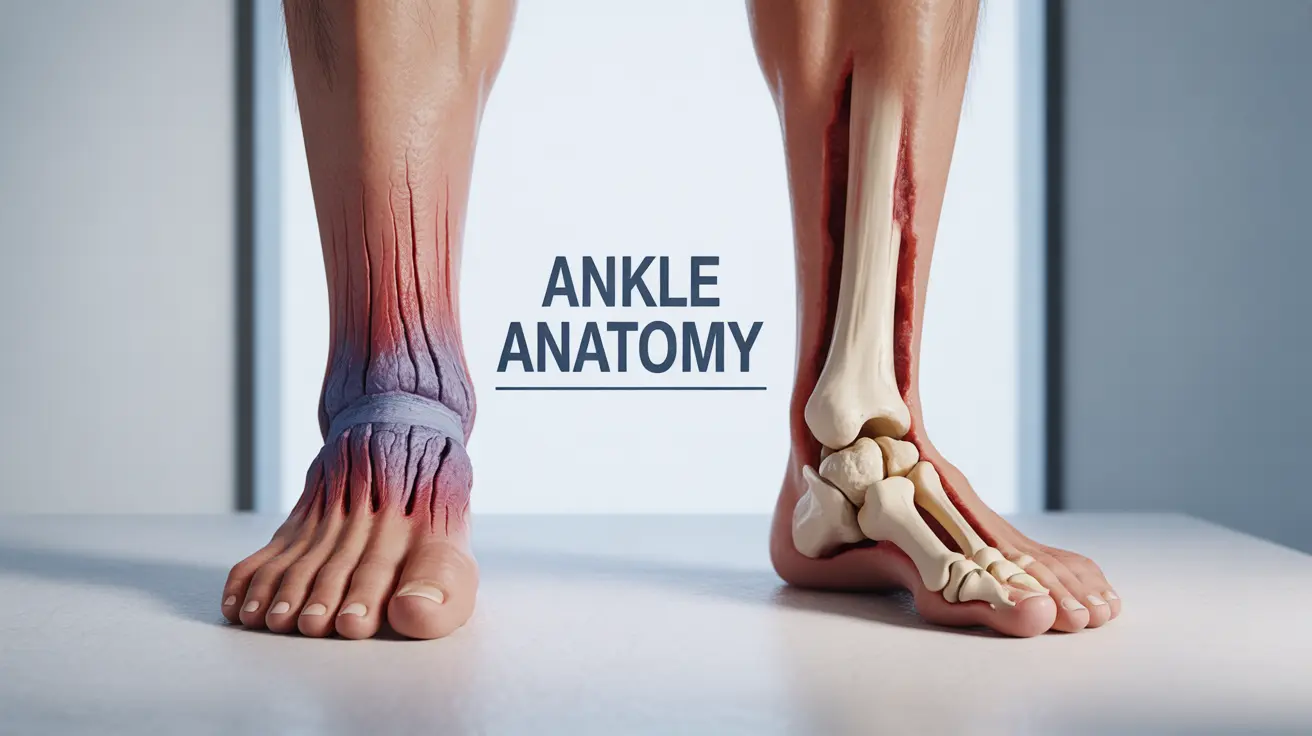Experiencing a twisted ankle can be both painful and concerning, especially when you're unsure about the severity of your injury. Understanding the difference between a sprained ankle and a broken ankle is crucial for seeking appropriate treatment and ensuring proper recovery.
In this comprehensive guide, we'll explore the key differences between these injuries, their symptoms, and when to seek medical attention, helping you make informed decisions about your ankle injury care.
Understanding Ankle Injuries: The Basics
When you twist your ankle, the injury typically falls into one of two main categories: a sprain (damage to ligaments) or a fracture (broken bone). Each type of injury requires different treatment approaches and has distinct characteristics that can help you identify the problem.
Key Signs of a Sprained Ankle
A sprained ankle occurs when the ligaments supporting your ankle joint stretch or tear. Common indicators include:
- Mild to severe swelling
- Bruising around the ankle
- Pain when moving or touching the area
- Ability to bear some weight, though painful
- Restricted range of motion
Identifying a Broken Ankle
A broken or fractured ankle involves damage to one or more of the ankle bones. Key signs include:
- Immediate, intense pain
- Severe swelling
- Visible deformity
- Difficulty or inability to bear any weight
- Possible crackling sound at the time of injury
- Pain that significantly worsens with movement
Immediate Actions After Injury
Regardless of whether you suspect a sprain or break, taking immediate action can help prevent further damage:
The RICE Method
- Rest: Stop activity immediately
- Ice: Apply cold packs for 15-20 minutes at a time
- Compression: Use an elastic bandage to reduce swelling
- Elevation: Keep the ankle above heart level
When to Seek Medical Attention
While some minor sprains can be treated at home, certain symptoms warrant immediate medical evaluation:
- Severe pain or swelling
- Inability to move the ankle
- Visible deformity
- Skin discoloration beyond typical bruising
- Numbness or tingling
- Cold or bluish foot
Treatment Approaches
For Sprains
Treatment typically involves:
- Following the RICE protocol
- Over-the-counter pain medication
- Gradual return to activity
- Physical therapy exercises
- Possible use of an ankle brace
For Fractures
Treatment usually requires:
- Professional medical evaluation
- X-rays or other imaging
- Possible surgery
- Casting or boot immobilization
- Structured rehabilitation program
Frequently Asked Questions
How can I tell if my twisted ankle is sprained or broken?
While only a medical professional can make a definitive diagnosis, key differences include the severity of pain, ability to bear weight, and visible deformity. Broken ankles typically cause more intense pain and make it nearly impossible to put weight on the affected foot.
What are the key differences in symptoms between a sprained ankle and a broken ankle?
Sprains typically involve swelling, bruising, and pain with some ability to bear weight, while breaks often feature severe pain, possible deformity, and complete inability to put weight on the affected foot. Breaks may also produce a crackling sound at the time of injury.
When should I see a doctor for ankle pain after a twist or fall?
Seek immediate medical attention if you experience severe pain, significant swelling, visible deformity, inability to bear any weight, or numbness/tingling in the foot. It's better to err on the side of caution with potentially serious injuries.
What are the best home treatments for a sprained ankle versus a broken ankle?
For sprains, the RICE method (Rest, Ice, Compression, Elevation) along with over-the-counter pain medication can be effective. However, suspected breaks require professional medical treatment and should not be treated at home.
Can I walk on a sprained ankle, or does not being able to walk mean it's broken?
While you might be able to walk with some pain on a sprained ankle, inability to bear any weight doesn't automatically indicate a break. However, if you cannot walk or put any weight on the ankle, it's essential to seek medical evaluation to rule out a fracture.




